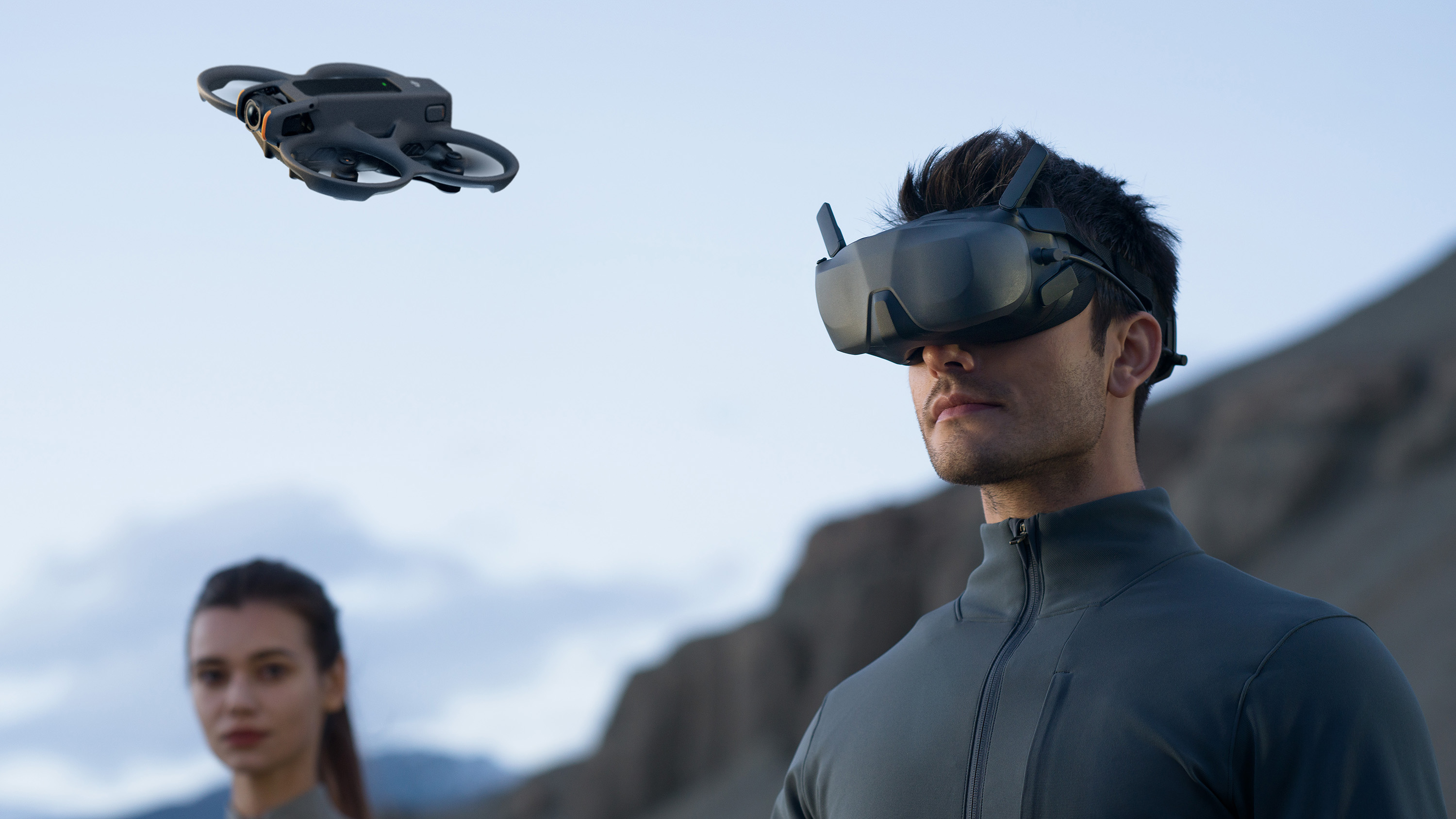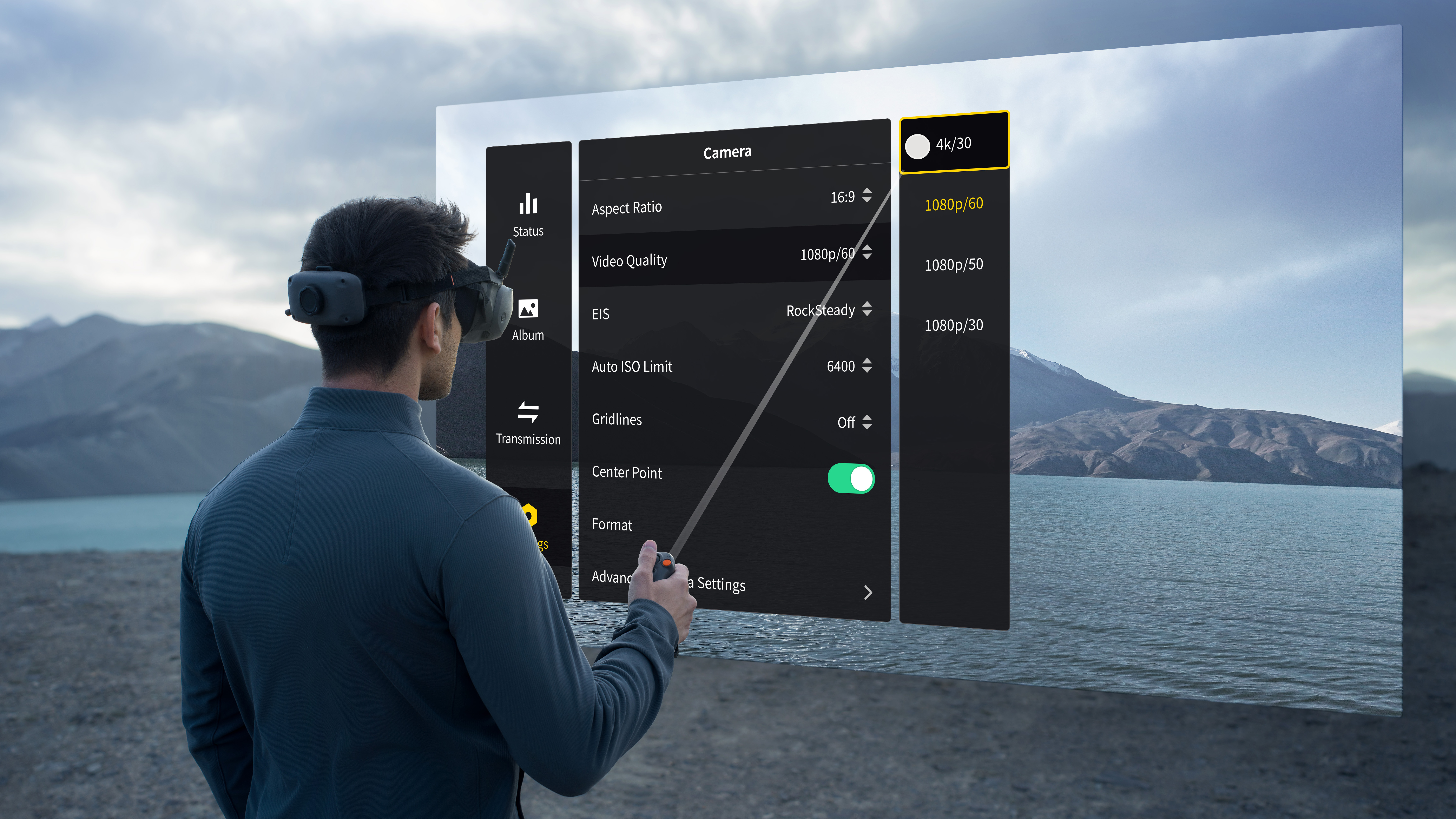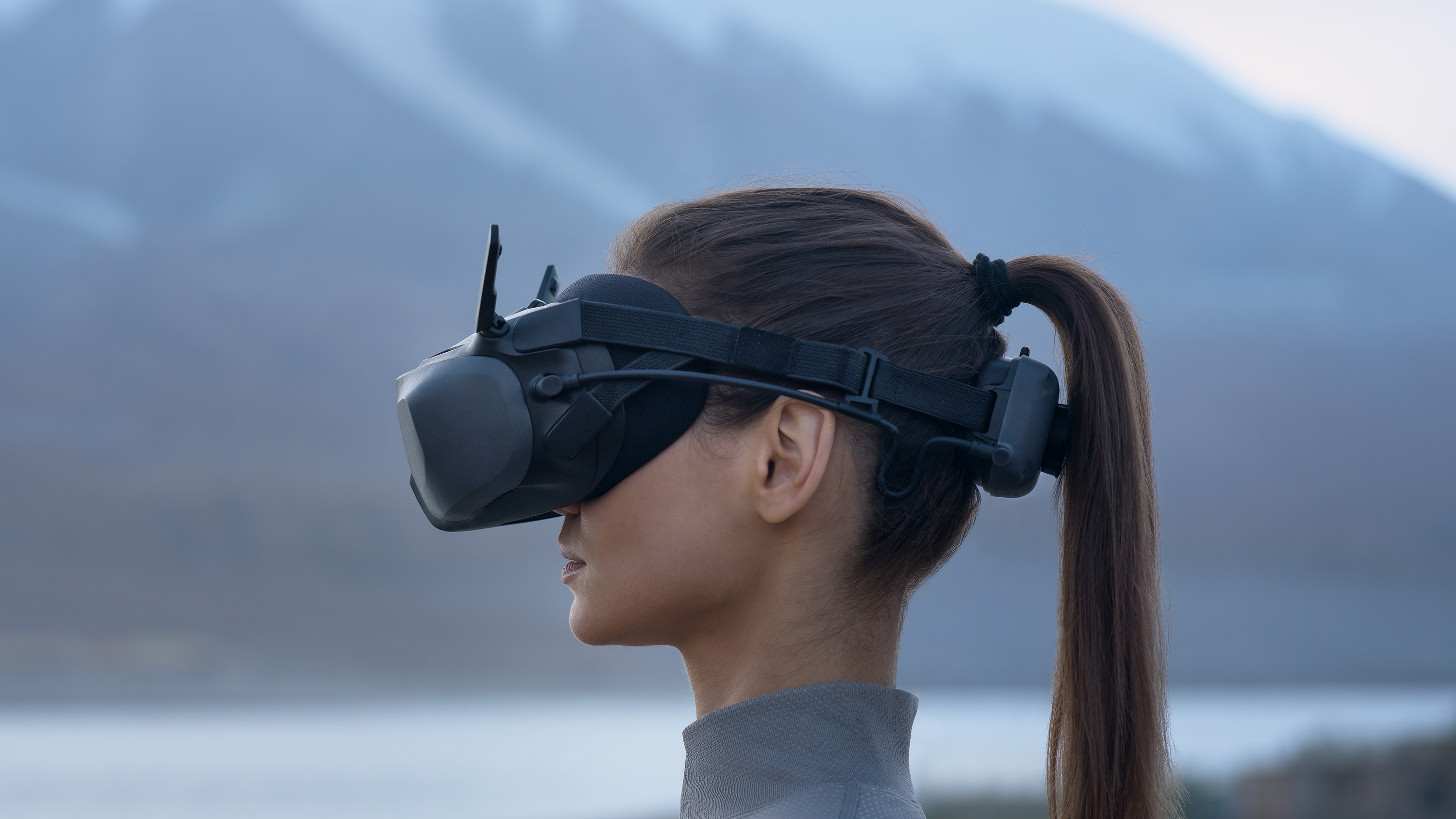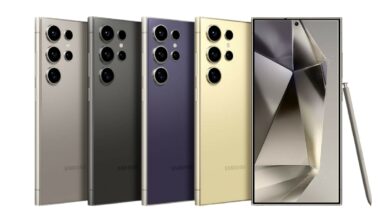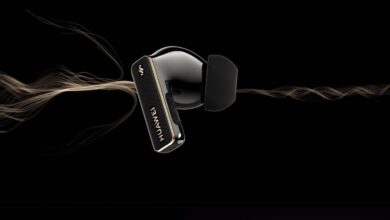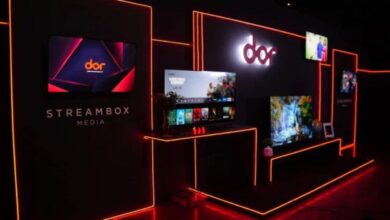DJI unveils its cheapest FPV goggles ever – making the Neo much more affordable for immersive flying sessions
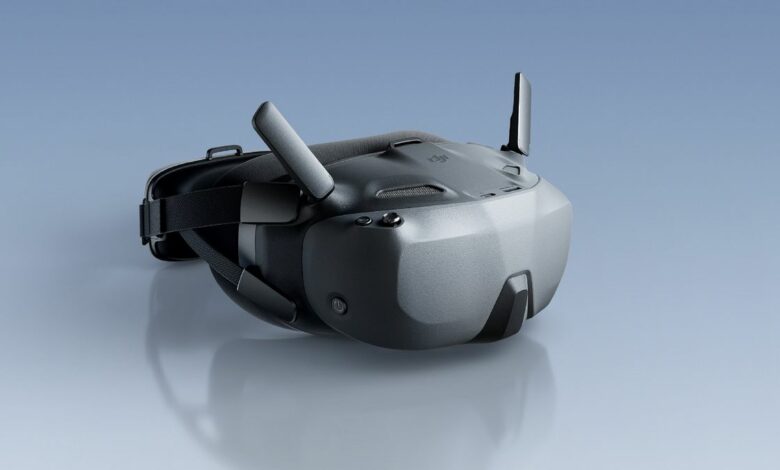
DJI has unveiled the new Goggles N3, the cheapest FPV (First Person View) goggles ever for immersive drone flights. The budget N3 version, which costs less than half the price of the Goggles 3, seems like an excellent pairing with the Neo, DJI’s cheapest ever 4K drone with multiple flight control options, including FPV.
DJI has set the price of the Goggles N3 at $229 / £229 / AU$359, plus the goggles can be purchased in a DJI Neo Motion Fly More Combo for $449 / £449 / AU$839. For context, that Fly More Combo, which includes the Neo selfie drone, RC Motion Controller 3 (instead of the FPV Remote Controller 3), two extra batteries and charging hub plus the Goggles N3, costs less than the Goggles 3 alone.
With this one move, DJI has provided an affordable route for those new to FPV flight, and a sensible alternative, the BetaFPV Cetus
FPV for beginners
Serious FPV pilots are more likely to get that adrenaline rush of a high-speed FPV flight using the DJI Avata 2 with Goggles 3, which currently costs from $999 at Amazon (US) or £798.95 at Amazon (UK) as a Fly More Combo with one battery (more expensive bundles also available). For the rest of us, the new DJI Neo Motion Fly More Combo presents a watered-down and cost-effective entry into FPV flight.
That said, the Goggles N3 still look like a serious piece of gear (which is also compatible with the DJI Avata 2). With the Goggles N3 in position, a tilt of your head or a flick of the wrist with the RC Motion 3 controller allows you to perform aerial acrobatics such as 360-degree somersaults and rolls.
A Full HD 1080p display with a 54-degree field of view, immersing you in the drone’s perspective, while the one-tap demister activates fans to remove any condensation to maintain a clear image. A headband with integrated battery for even balance completes a comfortable fit, with plenty of room for glasses wearers.
The Goggles N3 also features the same antenna as the more expensive Goggles 2, with DJI’s O4 video transmission offering a range of up to 8 miles (how much of this range you use will depend on legal restrictions in your region) and negligible latency of 31ms .
A handy augmented reality (AR) feature lets you adjust camera settings with the motion controller before your drone takes off or while it’s hovering. And like DJI’s other goggles, the live feed can be shared with a connected smartphone, which can act as a secondary display for a spotter. You get sessions of almost three hours when the glasses’ battery is fully charged.
All in all, the DJI Goggles N3 is a smart move from DJI, opening up FPV flight to a new market of beginners who are curious about FPV flight but aren’t willing to fork out for the more expensive alternatives. The Neo is starting to make more and more sense.

